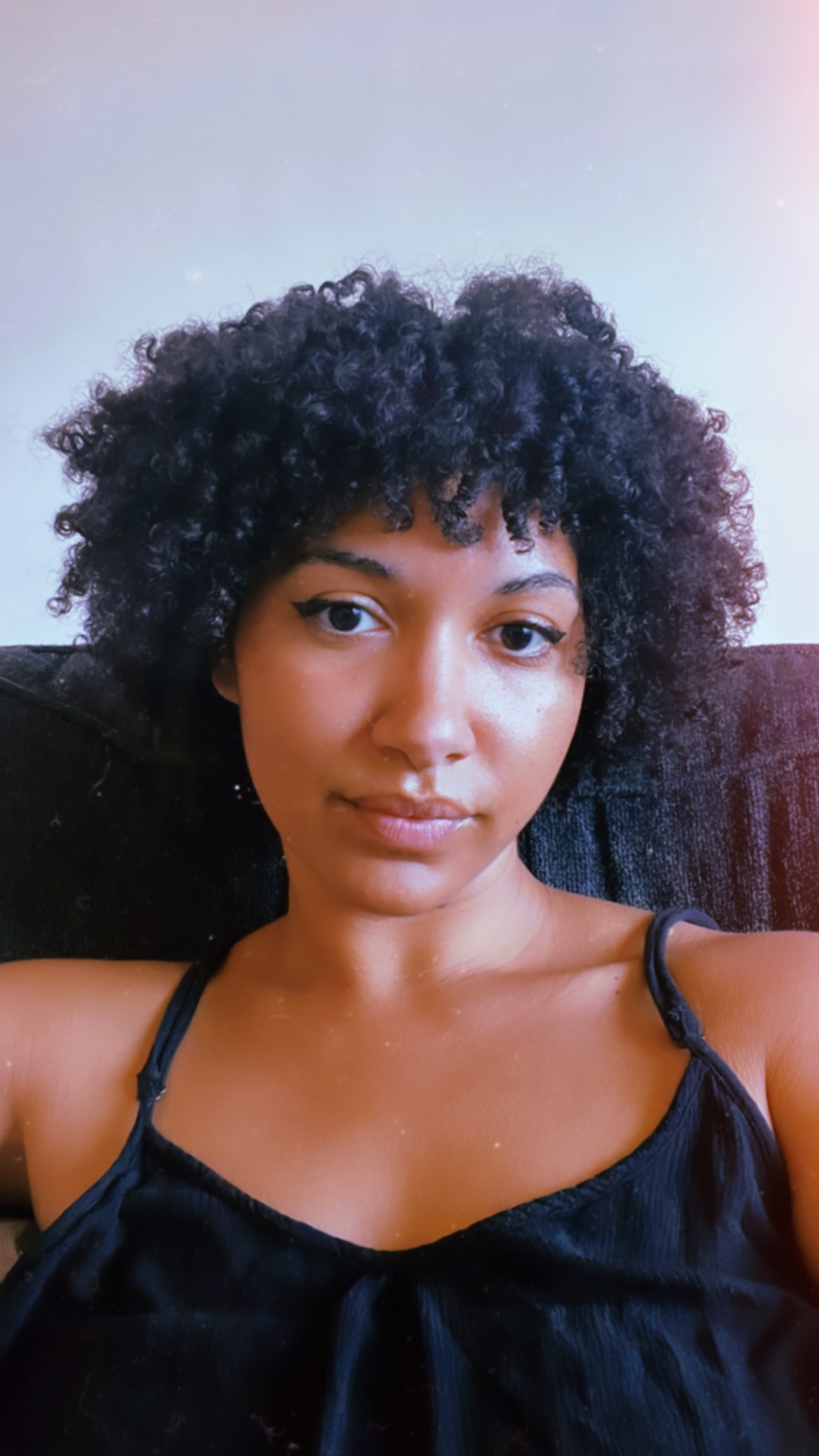
Why do you love teaching, poetry, or performance?
My pedagogy seeks to emphasize art not as a task or chore that needs to be ticked off, but as a spiritual notation of being alive. Audre Lorde wrote, “There are no new ideas, only new ways of having them be felt.” Though there may be no new ideas, everything occurring around us, within, and through us, is important because we are each living and feeling different lives. Our lives happening as it does is an incredibly powerful force when given creative space on a page. I believe everything is important, even something as banal as going to the park and feeding a duck. There’s something in our everyday and ordinary lives that connect us to each other. I hope to show students this – how writing can be a connective string from themselves to others and the world. Even the act of teaching poetry, is something collaborative and extends beyond me. What I love about poetry is its ability to reach inside us and force us to be present. I find myself especially passionate about creating room for “ordinariness/ present-ness,” and collaboration and connectivity in my classrooms, especially rooms inhabited predominately by marginalized students who often are told the way they speak and move, think, or love is wrong and un-special. I want to show my students that their stories, no matter what shape, or substance, or form, are important threads that expand upon our collective human condition.
Artist Statement

I write about radical, self-being — paying homage to my life and my friends and my family and my people — in the same lineage of Black women writers who generously shared the entirety of their own lives — all intimate, ugly, beautiful, and vulnerable — Audre Lorde, bell hooks, Donika Kelly, Lucille Clifton, Morgan Parker. My work is dealing with the messy centers of being alive and trying to explain how the grace and warmth of love + joy (Mom’s brown hands kneading dough against the counter, hiking the Catskills with N.) — are saving me (us) from the horrors which lie hidden in the everyday/mundane. I am trying to bestow the proper praises for the body, life, and those I love but I still must grapple with the fact that life also includes carrying pepper-spray, avoiding alleyways, covering my drinks, code-switching, checking if there’s another person of color in the room. I’m trying to make space for everything to exist and I’m asking: how can we live with the presence of everything – love and violence being inextricable from our everyday.
You can find more information about Christie Valentin-Bati at:
Website – bit.ly/christievb
Instagram – @christie.vbati
Achievements
- “i traveled to someplace i’d never been…” and “grief” in Menacing Hedge (forthcoming)
- “writing it down as a way to mark history” and “building a spine” in Broken Pencil Magazine (forthcoming)
- “Sunset” commissioned poem by ACLU IL (2022)
- “how to make things that are dying die slower” published in Get Back to Print (2022)
- “poem of things my father has told me,” “this,” & “wept” in Allium Magazine (2022)
- “collected poems” honorable mention in The Academy of American Poet’s Eileen Lannan Poetry Contest (2022)
- Notes on Cycles in Bending Genres (2022)
- “Solitude” honorable mention in The Academy of American Poet’s Eileen Lannan Poetry Contest (2021)
- “how to cook rice if half of your family is Haitian” published in Pandemic Post (2021)
- “Salt-Blood” runner-up in Columbia University’s Poetry Journal (2019)
Writing Workshops
9/30/2022 “erasure poem where you are the white space“
For more visit the artist’s Stay Making page
Curriculum Example
Ars Poetica
THEMES:
experimentation, ekphrastic, play, multi-genre, hybridity, intersectionality
OVERVIEW:
My curriculum acknowledges that poetry is a feeling happening within each of us, which means while its primary mode is written or oratory, poetry is alive through many different modes. My lessons highlight as many different poetics as possible. We read (Eve Ewing’s Testify), watch (how to be alone by Tanya Davis), listen (Billy Strayhorn’s Lush Life), dance (Hiplet), collage (Krista Franklin), journal (the present moment like Virgina Woolf), photograph (A Beautiful Ghetto by Devin Allen), sing (how does Noname create her flow?) – and engage with hybrid, multigenre art from diverse creators and through generative prompts create our own creative portfolios.My curriculum acknowledges that poetry is a feeling happening within each of us, which means while its primary mode is written or oratory, poetry is alive through many different modes. My lessons highlight as many different poetics as possible. We read (Eve Ewing’s Testify), watch (how to be alone by Tanya Davis), listen (Billy Strayhorn’s Lush Life), dance (Hiplet), collage (Krista Franklin), journal (the present moment like Virgina Woolf), photograph (A Beautiful Ghetto by Devin Allen), sing (how does Noname create her flow?) – and engage with hybrid, multigenre art from diverse creators and through generative prompts create our own creative portfolios.